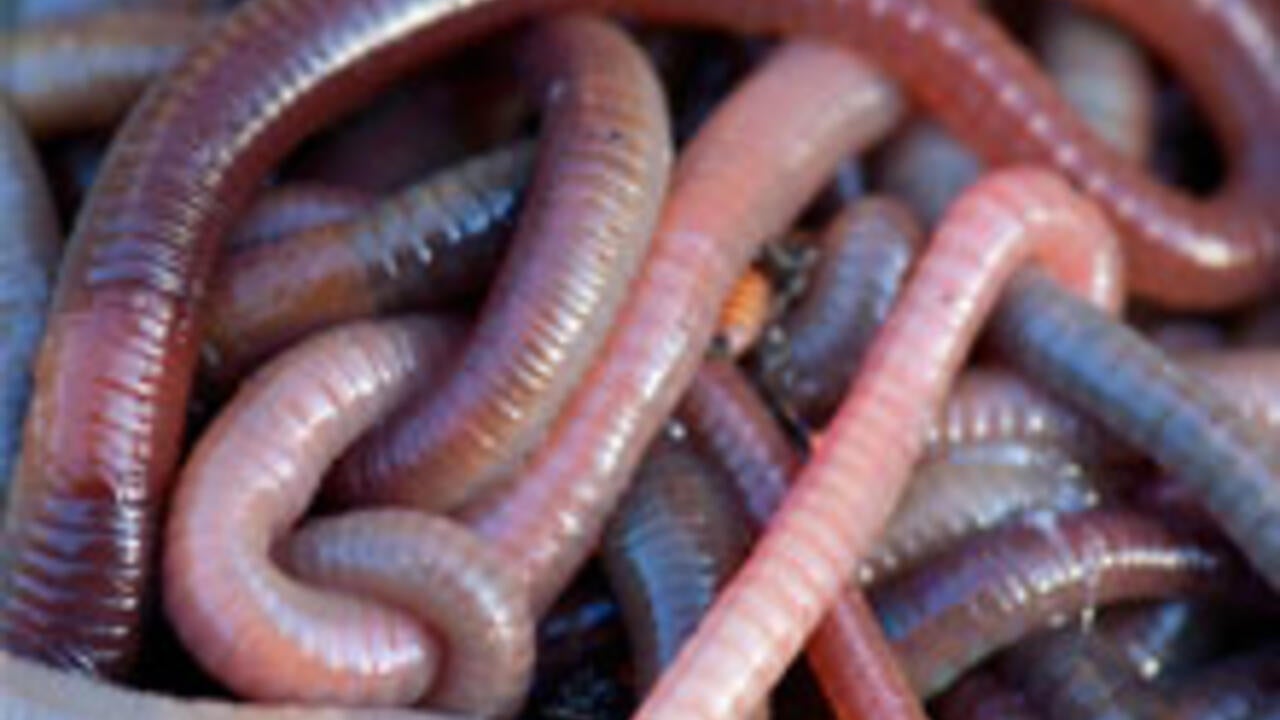
Engineering ecosystems: Learning to live with invasive earthworms
Stopping invasive earthworms in their tracks can be impossible. It may be time to embrace the intruders, says Waterloo researcher

Stopping invasive earthworms in their tracks can be impossible. It may be time to embrace the intruders, says Waterloo researcher
By Sam Toman Faculty of EnvironmentEarthworms are usually a welcome addition to any garden or field. They can increase the amount of air and water in the soil and help break down dead organic matter. But 19 of Canada’s 27 earthworm species are European imports. When they enter a new ecosystem, things start to change, literally from the ground up.

“Wherever they go, they introduce change. They’re quite influential organisms ecologically,” says a PhD candidate in Environment and Resource Studies at the University of Waterloo. “Notably, earthworms can dramatically change various soil properties. This in turn can impact anything living or growing in that soil.” For instance, introduced worms may selectively eat different kinds of seeds or alter soil microbes, fundamentally re-writing the rules dictating what plants will grow well in a given ecosystem.
McTavish is the recent winner of the prestigious NSERC André Hamer Postgraduate Prize for the most outstanding candidate in their doctoral scholarship competition.
“Even in a research group with so many excellent and award-winning scholars, Michael's achievement is unprecedented," says Michael McTavish a PhD candidate Stephen Murphy, McTavish’s supervisor and Chair of Environment and Resource Studies.
But why, of all invasive species, would a gifted researcher like McTavish focus on worms? “One of the things about the earthworm invasion is that we don’t have a great way to control it,” McTavish explains. “We can try and stop them from being introduced, but once earthworms are in the soil, they’re rather hard to get rid of.”
As such, worms pose some challenging questions for how we think about ecological conservation and restoration. With a rapidly expanding human footprint, on-going climate change impacts, and ecologically-impactful invaders like earthworms, is fighting to preserve a forest exactly as it was 200 years ago still meaningful or even possible?
McTavish isn’t sure. And that’s exactly what his work is trying to answer. “Restoration can be very traditional, even dogmatic, pushing to get to something that is no longer attainable or desirable,” he says. “I’m asking, when and how should we be pursuing related but new targets?”
This pragmatic argument to accept and integrate some exotic species as opposed to always stopping them could be considered unethical and risky.
“The moment people start talking about ‘engineering’ ecosystems for a new feature or a function it didn’t do before, people worry that we are trying to wrest too much control from Mother Nature,” says McTavish. “With some invasions like earthworms, however, there sometimes is no other option than embracing some amount of novelty.”
This challenge raises the other tough question: What exactly are our natural spaces for?
“How do we argue that this novelty can be pragmatically necessary, and also completely acceptable in some cases?” asks McTavish. “When earthworms get into a forest, it doesn’t fall down or disappear. It looks a little different, but it can still be an ecologically-functioning ecosystem that people love and care about. Ultimately, situations like this require us to think long and hard about why and for what we restore in the first place.”

Read more
Here are the people and events behind some of this year’s most compelling Waterloo stories

Read more
Researchers awarded funding to investigate ecology, climate change, repatriation, health and well-being through cultural and historical lens

Read more
Waterloo researchers propose solution to help communities escape the costly cycle of flood damage and rebuilding
The University of Waterloo acknowledges that much of our work takes place on the traditional territory of the Neutral, Anishinaabeg, and Haudenosaunee peoples. Our main campus is situated on the Haldimand Tract, the land granted to the Six Nations that includes six miles on each side of the Grand River. Our active work toward reconciliation takes place across our campuses through research, learning, teaching, and community building, and is co-ordinated within the Office of Indigenous Relations.